Ep. 06 - Upheavals: Victim Or Victor – Part 1
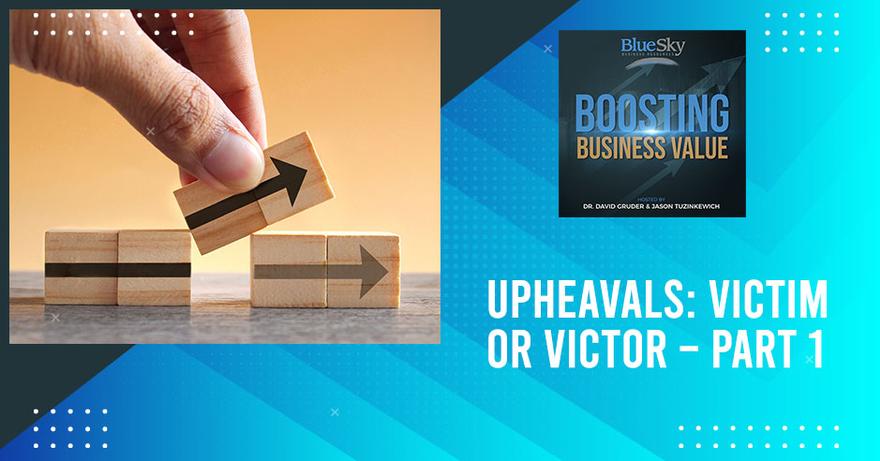
Don't let upheavals drag you under. Use them as opportunities instead. Dr. David Gruder and Jason Tuzinkewich take you on a two-part series on becoming Upheavals Resilient. They unpack the key types of upheavals, so you can minimize what's preventable and be more prepared to navigate what's unforeseeable. Big disasters and big opportunities are right around the corner, waiting to happen. Often, they are only catastrophic for the unprepared. Be a victor, not a victim. Join this conversation to learn how to make your company more Upheavals Resilient.
---
Watch the episode here
Listen to the podcast here
Upheavals: Victim Or Victor – Part 1
Types Of Upheavals To Prevent & Address
This is a two-part episode on becoming upheavals resilient. In part one, we will unpack key types of upheavals that are important to prevent and monitor. In part two, we'll discuss ways to make your company more upheavals resilient. We're going to start with challenges that you are probably facing on the issue of upheavals and managing upheavals. We’ll keep rolling.
It's a great place for me to jump in if that's okay. We break these challenges down into 2 different types and then 2 subsets of those different types. We've got internal challenges and threats and then we've got external challenges and threats. That all depends on whether those threats are impacting you from within the organization or from without. There's the matter of determining once we know whether they're coming from inside or outside, they’re threats that are foreseeable or unforeseeable.
Unforeseeable doesn't mean that we can't identify they're going to happen. It's that we don't have very much transparency into when and how we may be impacted by those. When you're talking about, especially our volatile world, there’s so much chaos going on in sociology, politics and economies. We've got big disasters and big opportunities always seem to be right around the corner.
It seems like disasters are in many ways in business, not in person. I'm not going to go beyond myself here but in a lot of ways, disasters are catastrophic for the ill-prepared. For those who have mechanisms, contingency plans and awareness, disasters can be turned around to be great opportunities and that's what we're looking to work with you on in these next two episodes.
In a lot of ways, disasters are catastrophic for the ill-prepared. For those with mechanisms, contingency plans, and awareness, disasters can be turned into great opportunities.
Where we're going to start with that is with a quick overview of four areas that we see many companies collapsing under the weight of. The first of those is inflexibility, which is in a sense the opposite of being nimble. Inflexibility prevents nimble navigation of chaos and forced change. Change is not one that a business might sign up for but one that a business needs to adapt to because of external factors. The second issue that companies are often collapsing under the weight of is upheaval skilled leadership deficits, where the leadership in a company is not versed in upheaval resilience skills.
That is the opposite of being nimble. When we're faced with upheaval and we don't have upheavals resilience and upheavals management skills, that worsens the impact of the upheaval that we might not have caused in the first place but in terms of our response to the upheaval, that's not going to be good news. The third is confusion about how to innovate in a rapidly changing economic, political and cultural environment, which is exactly what we're in the midst of as we record this episode and I believe for a good long time to come following the recording of this episode.
This results in companies and executives wasting huge amounts of time, energy, mental capacity and other resources because they're not sure how to remain innovative and nimble in the face of the rapidly changing environment. The fourth is uncertainty. It’s about how to train executives and their teams to surf the changes and upheavals, instead of being drowned by uncontrollable circumstances.
I love how you set the table, Doctor. That's perfect. For those of you who haven't met him yet, he's an avid body surfer so he knows what he is talking about when it's getting above or below the waves. With that background, let's start talking about some of the internal threats and risks that could cause these upheavals. We'll then talk about the ones that are foreseeable and unforeseeable.
One of the first ones that come to my mind that makes me crazy but we see it a lot is the sacred cows within a culture or the elements of a business operation that you can’t talk about. I always say that the best way to avert and resolve strife is to turn the lights on. Make it so that there are no dark corners and no closets for skeletons to hide in. You're going to have a lot less internal volatility.
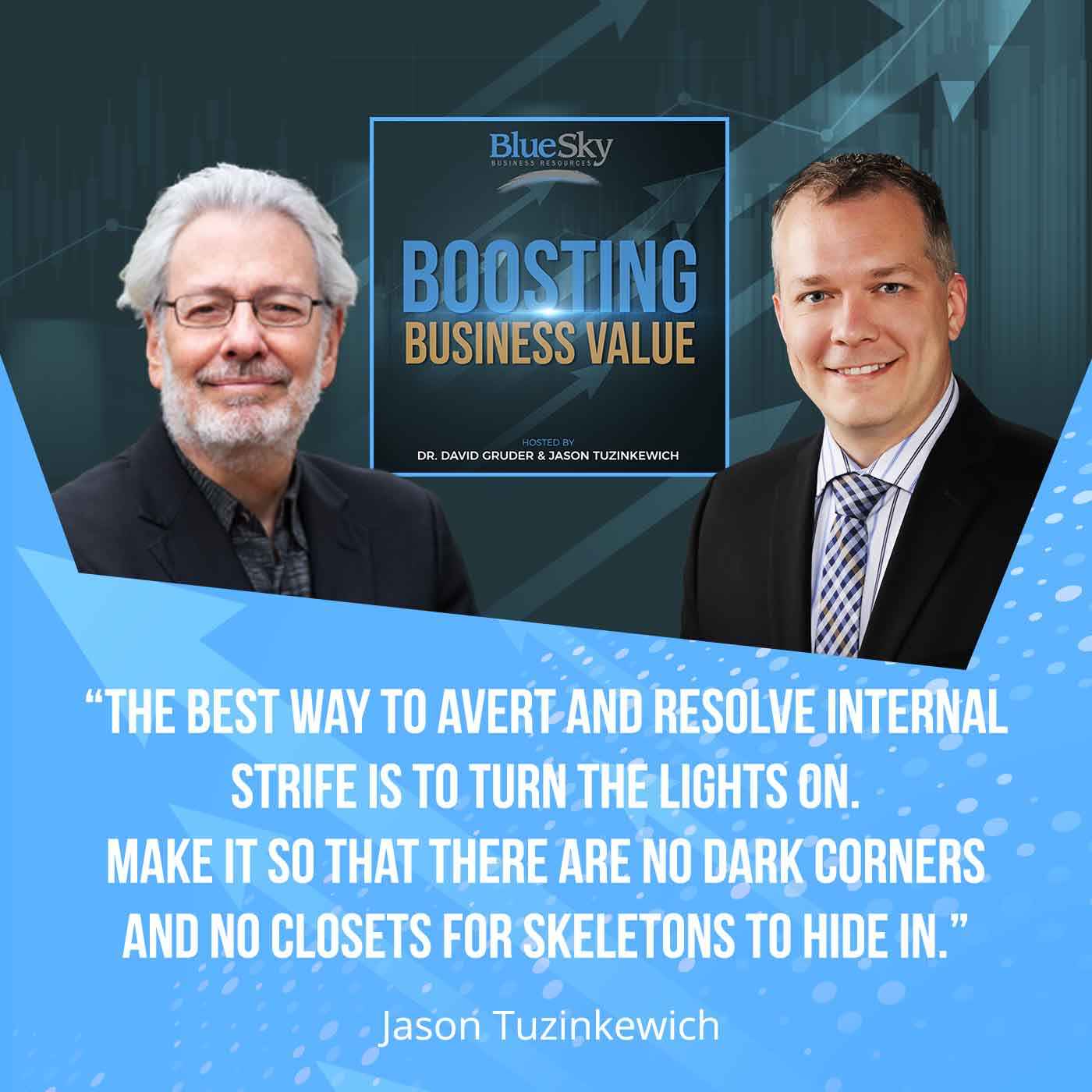
What we're talking about in some circles is referred to as Don't Talk Rules. There's one type of Don't Talk Rule that I particularly want to emphasize here and that is something that in organizational development and systems psychology is called Open Secrets. An open secret is where everyone knows that there's an issue and they're talking about it behind everyone else's backs but they're not bringing the issue fully out into the light and the open. That's the first of the internal foreseeable and unforeseeable upheavals.
The second is something that in psychology is referred to as Learned Helplessness. Essentially, learned helplessness is where people have been trained into believing they have less power than they have or less impact than they have. When you have a culture of people who think they don't have an impact or who underestimate their positive and/or potential negative impact, the culture deteriorates rapidly. It's an outgrowth of this phenomenon called learned helplessness.
That's probably one of the biggest internal factors that we're going to talk about. It's mind-boggling to me to see how different people manifest this learned helplessness that you're talking about. No matter how they enact this idea of having no impact or no power, it is cancerous. It spreads like wildfire. It causes so many different outcropping symptoms that tear an organization and a culture down. I love that you bring that one up and it's so critical.
The next one is missing accountability procedures. I always have to laugh about this because I'm a big process and accountabilities guy. Some people love it and other people think I'm a micromanager. I try to stay on the right side of that line but that's sometimes a perceptional issue. Where I find humor in this is that a while back in one of the organizations I was working with, I had a colleague. He pulled me into the office and sit me down. He was very aggravated and said, “We need to extricate this word accountability from our cultural language because it's a toxic word.”
We had a very long productive conversation. It's not the word or even the action of accountability that is toxic. It's the perception and how accountability is enforced. We're going to talk about this a little bit more as we go on but healthy accountability has a few things. It has an understanding of a single person with whom the buck stops for any given project, task or initiative.
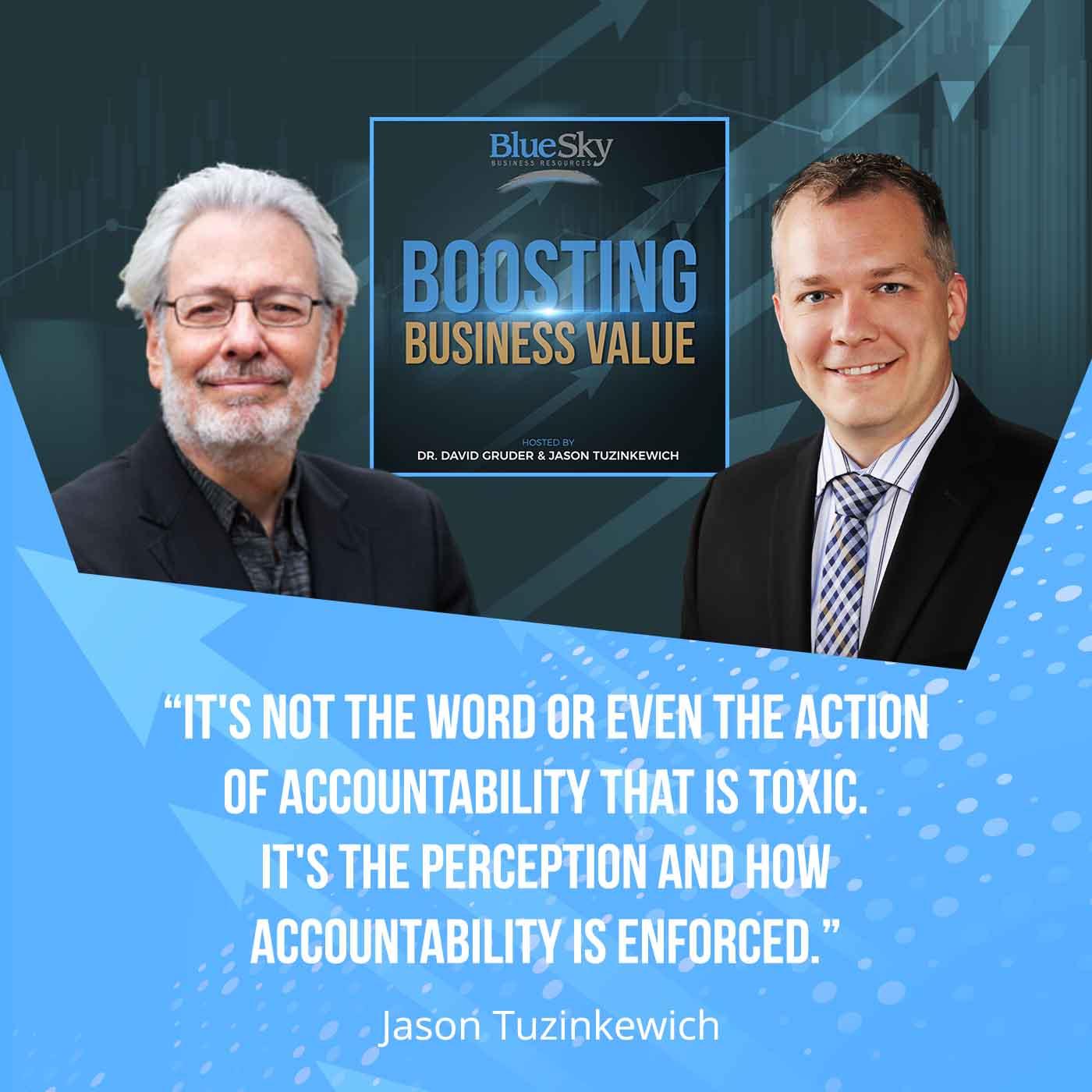
It has the understanding underlying of the overall impact that being accountable places on the entire team in the organization as a whole. Doctor, you've got more to say about this in the future but I wanted to introduce that the perception of accountability has become toxic. It's not the action. If we hold people and ourselves accountable healthily and productively, it's the most powerful thing we can do. If we don't do that, everything else falls apart.
That's perfect seed planting for what we'll do a deeper dive into later. The next internal upheaval source is working capital issues where there are insufficient or inadequate cash management practices. How often have we seen things like principles or investors in a company receiving premature cash disbursements, despite the fact that the company has inconsistent revenue cycles? The money that the company needs to manage those inconsistent revenue cycles has disappeared because of those premature cash disbursements.
That's the tip of the iceberg. It's funny as we're talking through this, it occurs to me that every single working capital issue, whether it's certain partners extracting cash out of the business that the business can't support, inventory controls or even bad management of payables and receivables all feeds back into those first two things we talked about.
The learned helplessness of members of the team who are in a position to say, “We could do better,” don't believe that they have the voice to make that impact. Also, the don't talk rules of saying to a principal, “Wait a minute. Why are you taking all that cash out of the business? We've got a year to operate still.” We're seeing a snowball being built here and that's exciting.
The other internal element that I see a lot of disruption coming from is the front-line or operational disruptions. With businesses that are product manufacturers that have a lot of capital invested into facilities and equipment, it seems more obvious than it is when you're in operations that if you don't maintain that equipment, you're going to have breakage and downs and sometimes people get in that breakage and those downs but you'd be shocked how many business owners don't pay attention to routine management schedules and their balance sheet.
It's the whole point of seeing fixed asset value and depreciation in the same block on a balance sheet so that you can map out when your equipment is expiring. Depreciation isn't just a tax mechanism. It's a mechanism for planning capital expenditures if used properly but also in the service industries. In the service industries, you're delivering a product too. Your product is your people. If your people aren't properly maintained and regularly taken care of, they're going to break down too. The breakdowns in service industries where people fall apart can be as catastrophic for an organization as the breakdowns in equipment and product manufacturers.
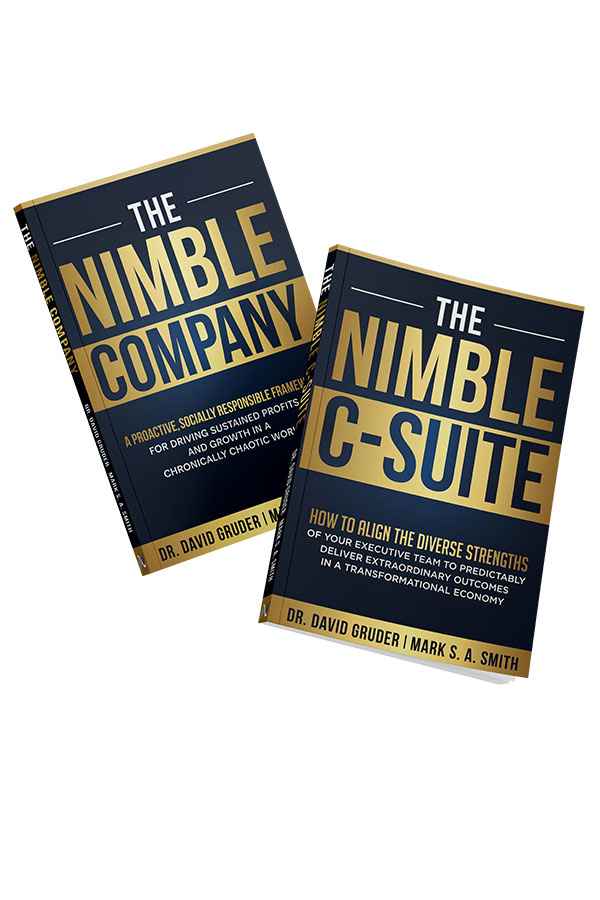
Unfortunately, it’s so true. The final area of upheavals that sometimes is foreseeable or partly foreseeable and sometimes is out of the left field is employee lawsuits, especially given how litigious our culture has been for a very long time. You'll get employees with entitlement disorder. When things don't go the way they think they should go, they'll bring a lawsuit.
Whether the lawsuit succeeds or not is a whole other story but even if a lawsuit doesn't succeed, the amount of time, energy, effort and money that's invested in dealing with the lawsuit is not a pleasant and good thing for the company culture. Some lawsuits are preventable. When you have a truly effective set of accountability procedures, you minimize the chances that an employee lawsuit will occur, even though it's impossible to eliminate that possibility.
Policies and procedures are the most effective step one. Clear and open communication is the most effective step two. If you have a team that can communicate effectively, you will get advanced notice, whether it's from the person that's thinking about raising an action or members of the team that knows that person. You'll get some transparency. All these things play into each other in such a profound way. Even the lawsuits that fail, succeed in breeding chaos. The company is always going to be the loser in that type of chaos.
Even the lawsuits that fail, succeed in breeding chaos. And the company is always going to be the loser in that type of chaos.
With all of that said, those are not an exhaustive list of the internal foreseeable and unforeseeable threats but this is a good comprehensive foundational baseline for that. Let's move on to some of the externals. We're going to keep this list brief as well. It's a light list but it's pretty dense in the implications. If you want to kick us off on that, Doctor.
The first area of external foreseeable and unforeseeable surprises or upheavals that we want to make sure you're aware of is something that a colleague of mine, by the name of David Corbin, calls Brand Slaughter. He has a Wall Street Journal bestselling book by that title. Brand slaughter is what happens when the way a company is walking its talk doesn't match its talk. When words and actions don't match up, that's a real problem.
When a company doesn't sufficiently attend to, monitor and upgrade in response to customer experience, concerns, issues, log jams and complications, what happens is that they spread the word through word of mouth and social networks about how allegedly or maybe even bad the company is in a particular way. Those external voices that are slaughtering a company's brand because of insufficient attention or repair of customer experience can create all kinds of external problems to a company's profitability, reputation and integrity.
That information spreads so much faster with all of the digital connectivity. You can't take chances. I'm excited to see a lot of businesses building customer experience positions in their organizations. The question is how they use that customer experience professionally. It's nice to see organizations paying more attention to this brand integrity but by and large, there's a lot of room in that space as well.
The next thing that I like to call the business bubble is best defined by Michael Porter's Five Forces. All of the direct stakeholders that aren't within the organization can dramatically impact how the organization survives and thrives. That's the negotiating power of the customer and suppliers. We talk a lot throughout our show and in our business about concentration. We're the only lower-middle market organization that adds both customer and vendor concentration into our risk analysis.
That's important, especially since we're seeing all this disruption in the supply chain and all these shortages, logistic issues and all of that coming to bear, recognizing the power that your supplier has. Having contingency plans for shortfalls on that supplier side is something that is going to take a lot more prominence in the not-too-distant future business discourse but has been largely neglected in the recent past.
You've got your competitive environment and an understanding of where you fit in that competitive environment. There are 3 legs to the stool but you can only manage 2. Do you compete on quality? Do you compete on service? There is no such thing as competing on all three. You have to understand what the competitive environment is and where you fit in it and then maximize that.
Competitive disruption is the new technologies. Those are the things that could come in and change the entire game. Not just modifying the field but changing the game that you operate in and how well versed and how aware are you in your organization? Are you talking regularly about what's on the horizon with regard to potentially disruptive technologies in your industry?
The last one is substitution. This one fits into that competitive environment and competitive disruption. How easy is it for a customer to go from your product to another product? Maybe come back, maybe not. The easier it is for them to do that. If you've got a Coke versus a Pepsi type of product, then you need to figure out what your differentiators are that are going to make you stick. There are a lot of different ways like subscription basis and benefits for the durability of a client relationship. All those things can make it harder for a client to leave if there's a minor change in the price, quality or value structure.
The only add-on I would offer about that ties substitution and competitive disruption together. It is where a competitor introduces a new disruptive product in your marketplace that you didn't know to anticipate or knew was on the horizon but didn't take proactive steps to mitigate the impact of. That's part of what leads to customers replacing you with a competitor.
There are so many stories of giants being blindsided by their comfort and unwillingness to pay attention. Kodak is the biggest one, even Microsoft when the iPad came out. It's all over the place. You're never too big to be disrupted but you're also never too small to have to pay attention to these things.
Another classic example would've been Avis, where Hertz Rental Car was far and away the number one car rental company and Avis was second. They decided to give Hertz a run for their money, not by trying to make themselves the number one Avis but instead by capitalizing on what distinguished Avis from Hertz. That's where they came up with this immortal and incredibly effective ad campaign. “We are number two. We try harder.” People who cared about a company that tried harder that provided better customer service went with Avis rather than Hertz. Even though Hertz remained number one, Avis got to gobble up a much larger share of second place than they otherwise were able to command.
The last area of external upheavals that we want to touch on is the most obvious area of external upheavals, which has to do with changes in government, government leadership and government policy, changes in the international climate and economic policy, whether domestically, abroad or a combination of the two. Sometimes, there's handwriting on the wall where some of those changes can be anticipated. Other times, there's some blindsiding that happens. Companies need to have an awareness of what's going on outside the company, not just what's going on inside the company.
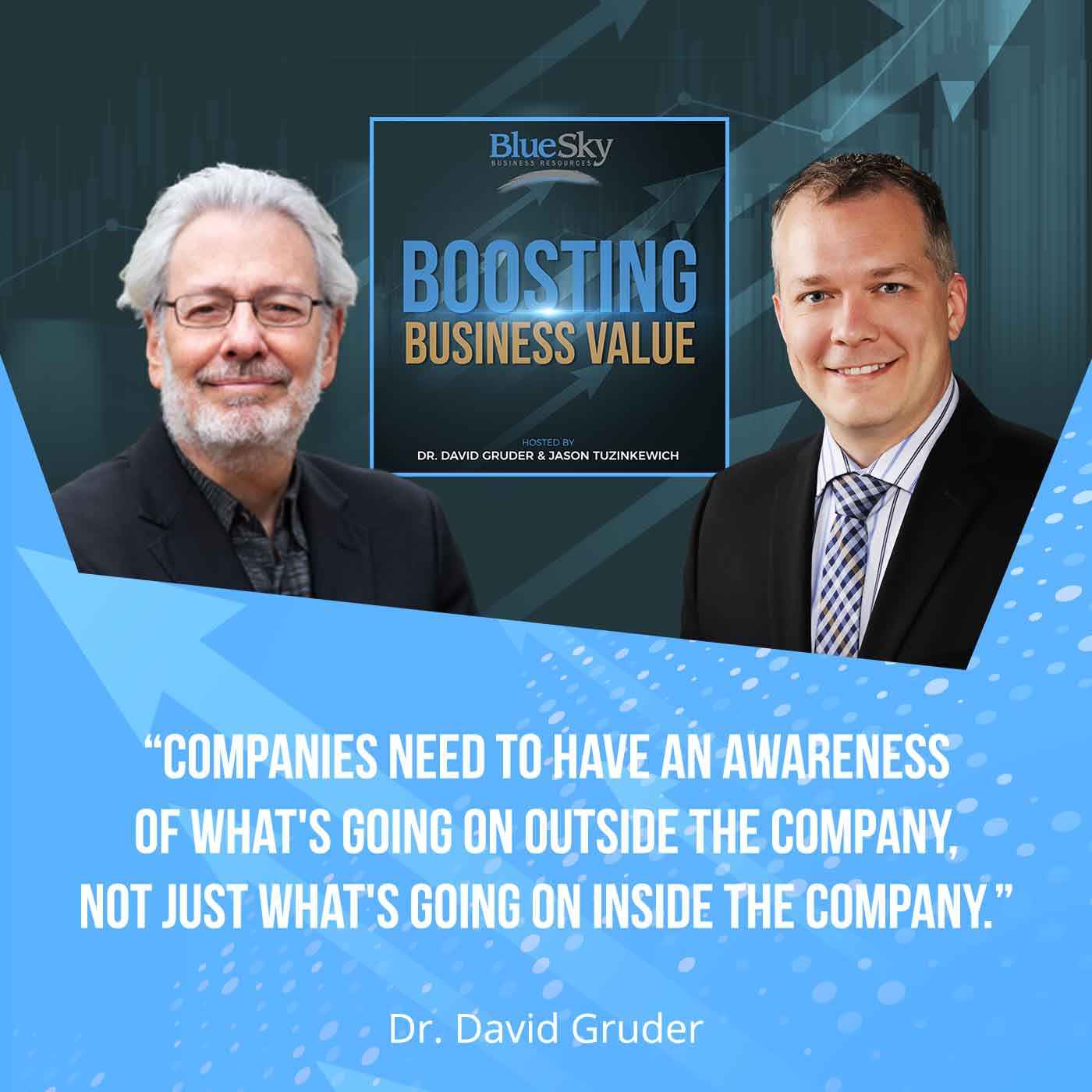
I'm shocked that you even brought that one up because neither of us in our lifetimes has seen any government or international change.
You're right. You should be shot. We've never seen it. We're talking hypothetically.
I'm such as these. I don't have that many fingers, Doctor.
I don't either.
We've talked about all of these elements. We pointed out what they are and how we can address these and look at them. Let's get deeper, Doctor. Let's talk about a success roadmap. How do we start to look for solutions and bolster ourselves as an organization against these threats? I'm going to take the internal upheavals and say as concisely as possible.
The biggest ways that you can bolster your organization from internal consequences are first to clearly define what your business needs to be actualized. That's saying a lot but what we're talking about is when a founder created a business, they had a vision. That vision was exciting enough that other people came on board to help fulfill that vision. A business' vision is never fully realized like a person's identity is never going to be fully realized.
It's always a work in progress but understand from the business inception, what does it want to be? How does it operate? How do the people within the organization work together? How do the people within the organization work with the outside world? How do the tools and equipment that become the infrastructure of that business support the needs of the individuals that are our stakeholders, both internally and externally?
What kind of money is required to make that happen? How does the business set itself up through investors, leverage and cashflow to achieve the capital necessities in the stages as it grows? Getting back to the most important thing, are you living your culture? Do you have the right fits as far as people? We've all been in organizations where there have been some great people that were in the wrong seat.
How do you create a mechanism where you define what being in the right seat looks like from an ability to live the cultural norms of that role or within that role, as well as understanding the capacity and desire to fulfill the requirements of that role in the best possible way? Once you have all of that clearly defined and articulated, then how do you monitor the delivery? How do you monitor the performance of the organization down to each individual?
That's the biggest way. If you can create that process, system and clear understanding of every stage of what your operation needs to look like to be the best it can be, then you can encapsulate that into a process for ensuring that you're consistently delivering and for addressing these disruptions as they spring up because they always will.
That's our success roadmap in a high-level overview way for dealing with internal upheavals. In terms of dealing with external upheavals, Jason and I both believe strongly that it's crucial that at least one leader, executive or partner in the company needs to be working on the business rather than in the business so that they are the ones who are lifting their heads very regularly and looking around at the external environmental factors. The company has the lowest chance of being blindsided by external factors that are possible. That's the external upheavals roadmap essentially. You've got to have at least one person in the company that's got their eye on the external ball, not the internal ball.
We'll move into the takeaways from this part one. We've got three takeaways for you from part one. First is clearly define what your business needs to be actualized. Once you're clear about what your business is going to look like when it's all grown up, then it's a matter of reverse engineering backward to the present to build a bridge that's properly sequenced that gets the business from wherever it is now to full actualization further down the road.
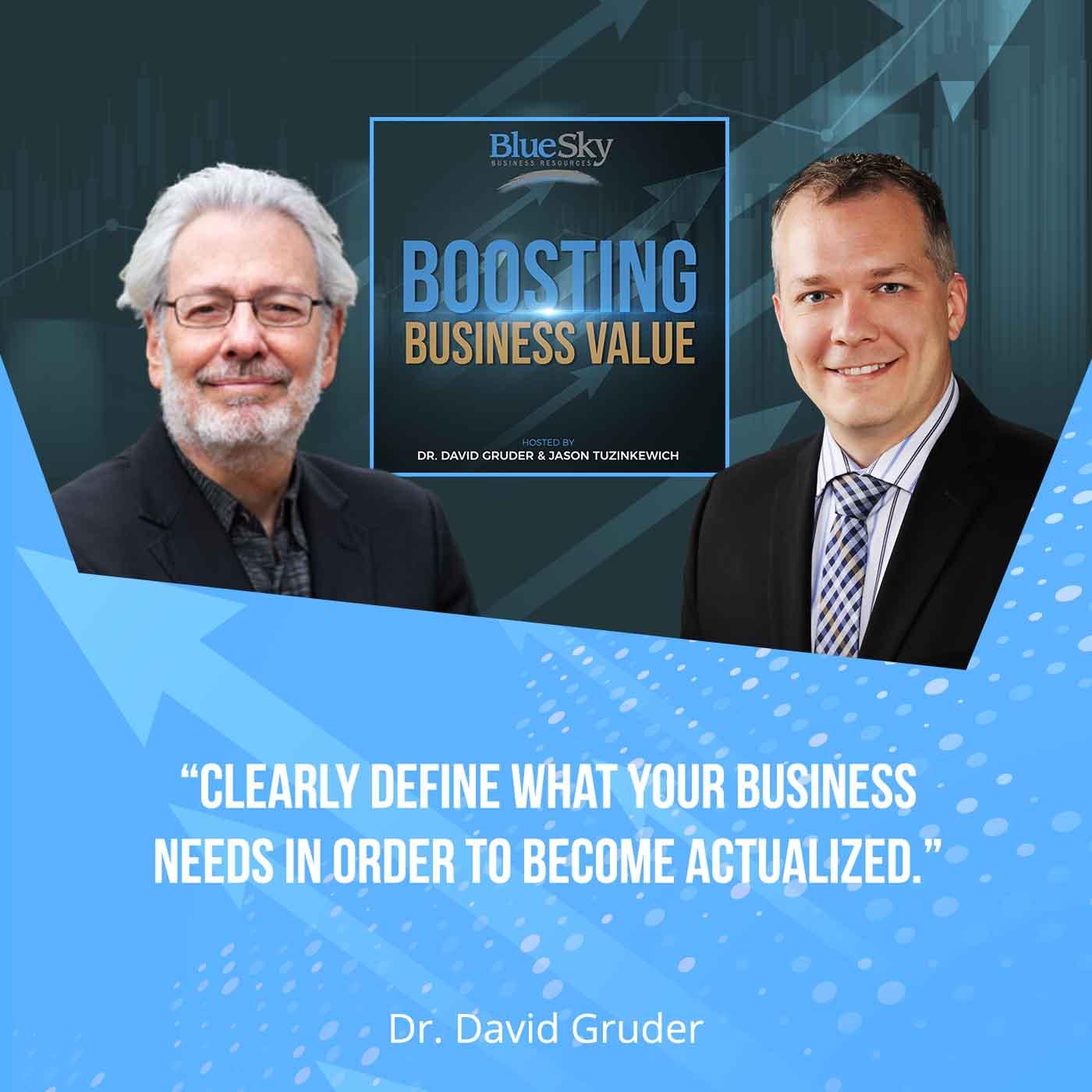
The second takeaway is to identify who in your company is going to be the ones who lift their heads, look around at external factors and bring that information back into the company for the company's consideration and strategic decision-making about how to address those. The final takeaway is a simple one, which is read part two, where we're going to discuss how to become upheavals resilient.
I couldn't say it any better, Doctor. That was great. On behalf of Dr. Gruder and myself, I'd like to thank you all for reading the episode. I hope you enjoyed it as much as we did. We look forward to hearing your thoughts and questions. I say this at the end of every episode, either I do or Dr. G does, but we do appreciate the comments and the feedback. You, as the audience, can help define where this show goes in the future and what you want to know about.
We'll do our best to give you thoughtful dialogue and discourse, not just in the response but also in the creation of new episodes. Please feel free to click the subscribe button so that you can be notified immediately when we release new episodes. We look forward to seeing you at the next one. Thank you so much. Have a great day.


0 comments
Leave a comment
Please log in or register to post a comment